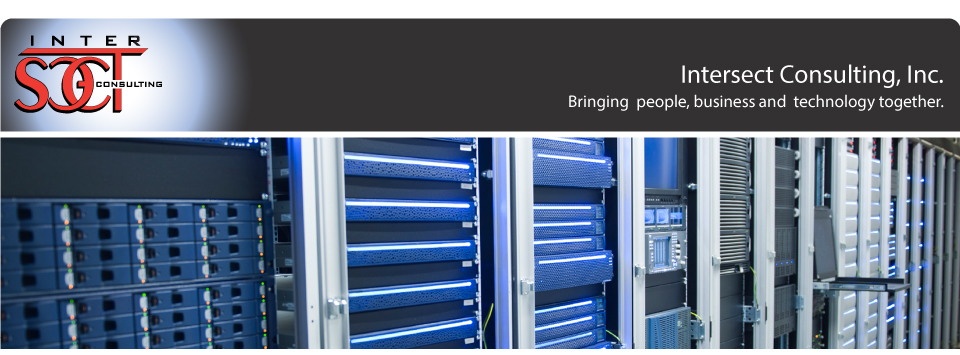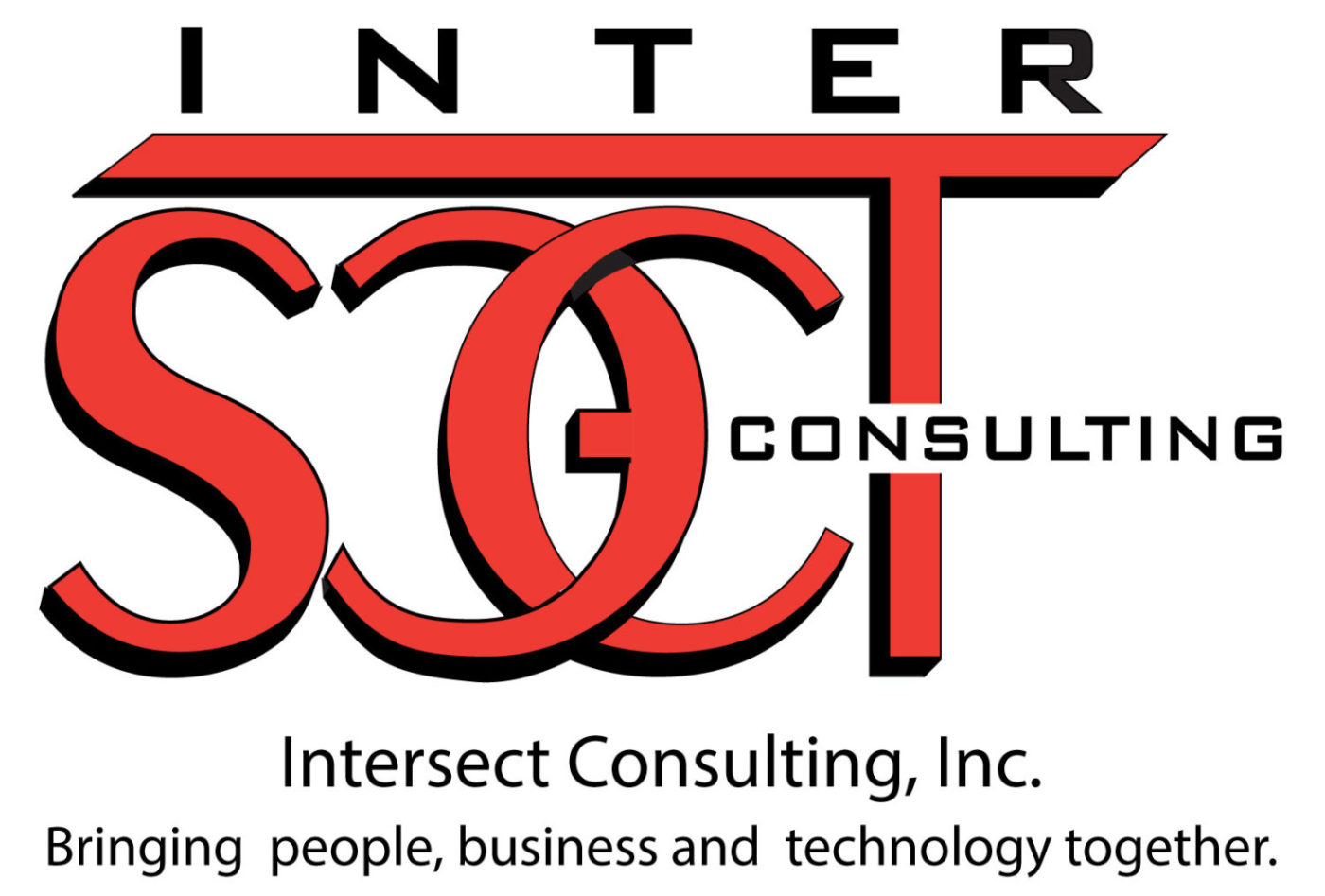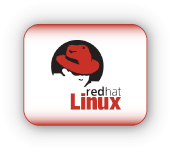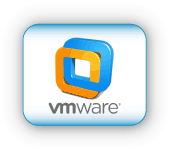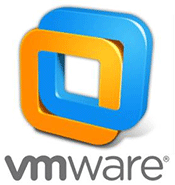
VMWare Systems Administration
Virtual Machine technology provides economic and computing efficiencies once only achievable in the large mainframe arena. However, with today’s powerful server computing technologies of ever increasing CPU Cores, expansive memory and storage coupled with Operating Systems that can effectively address and utilize that memory and storage, Virtual Machines are the best way to leverage those capabilities.
Whether it’s VMWare, Oracle VM Server or Windows Hyper-V, the ability to simultaneously run multiple operating systems in their own “address space” (for all you recalcitrant IBM Mainframe folks out there) is an efficient use of hardware resources.
Numerous VM configuration options are available to providing various economies of scale. Linux based Open Systems such as Red Hat Enterprise Linux, Ubuntu or others as a Host OS for multiple VM’s on an Oracle VM Server is one option, especially for cost controls and depending on computing resource needs.
Enterprise level requirements may demand and benefit from feature-rich bare-metal products such as VMWare’s vSphere ESXi Bare-Metal Hypervisor. Coupled with VMWare’s vCenter Site-Recovery-Manager (SRM) and you’ve got an integrated, resilient Disaster Recovery configuration – ready to go.
Still, there are no shortcuts here. Capacity Planning for the number and mix of VM’s on the targeted physical hardware is still required. From memory to CPU to storage to network bandwidth – the number and types of applications running on each of the VM’s must be considered. Then there are numerous configuration parameters available to help unleash the most performance machine-wide and within each VM.
Database products such Oracle, SQL Server and MySQL can operate efficiently within a VM. Optimal performance will require a number of factors to be evaluated such as the choice of VM product, database type and other configuration considerations. But, while your environment may have SRM enabled VM’s that contain your databases – don’t make the erroneous mistake of thinking that’s sufficient for database recovery.
A Backup Plan is worthless if the data can’t be Restored. When do you want to discover that there’s a flaw in your Data Restoration or Database Recovery process – under the hot light of a Disaster Recovery operation or in the cool calm of planned test?
Contact us at Intersect Consulting to discuss how we can help plan, configure, administer, and maintain your Virtual Machine infrastructure for resilience, high availability, performance and security.
